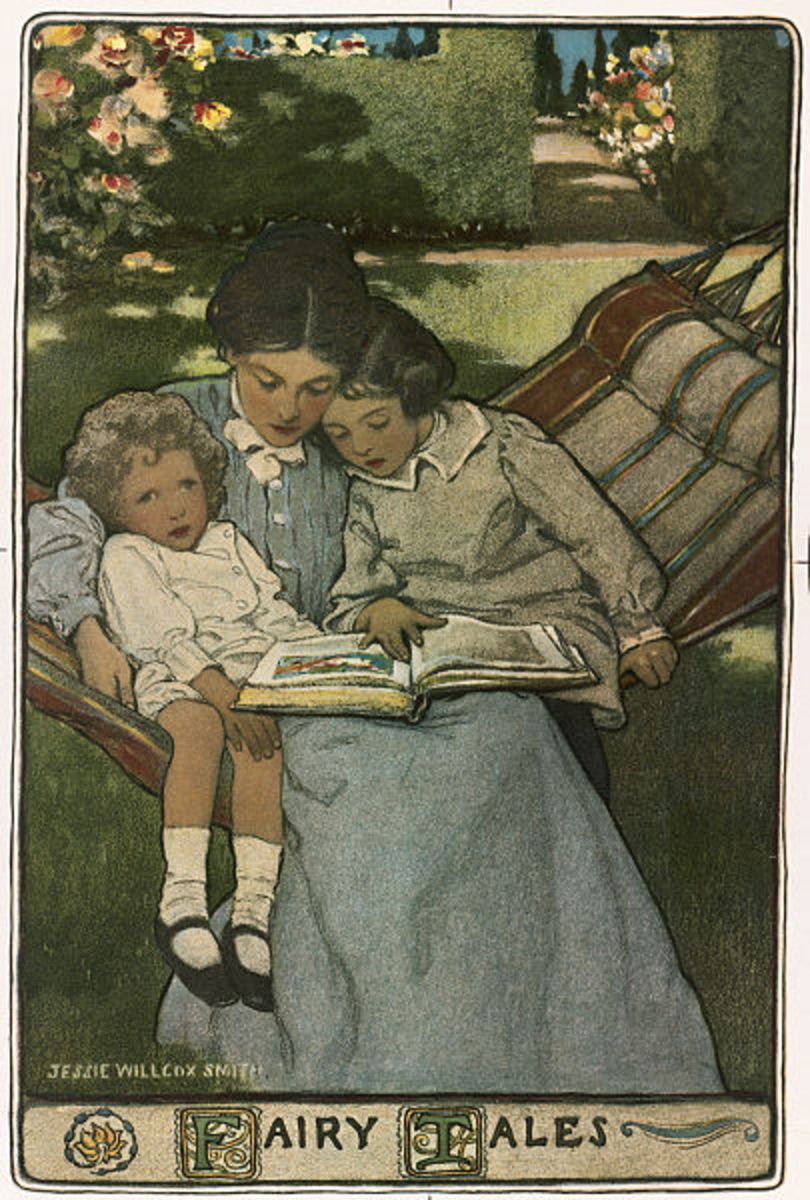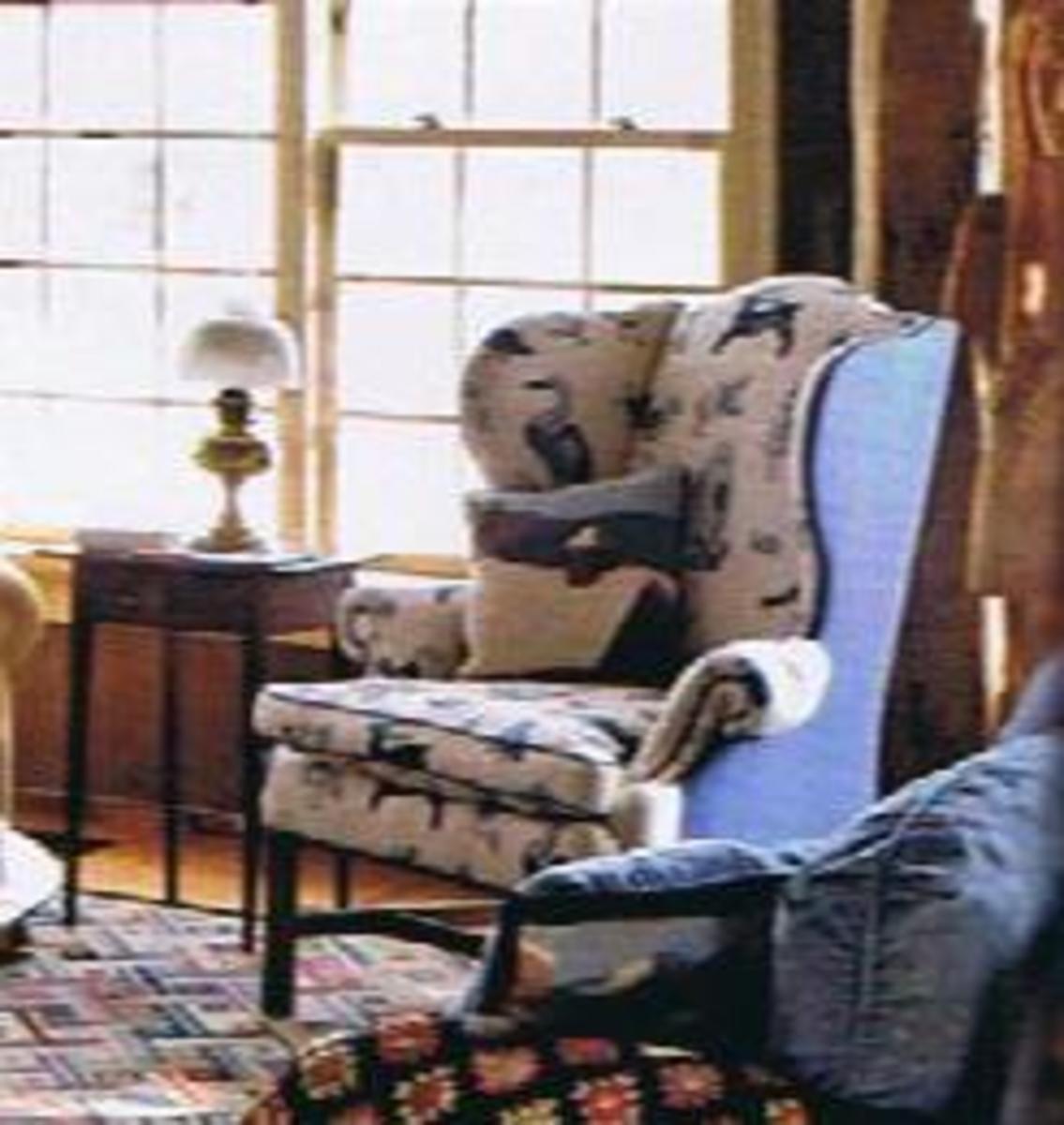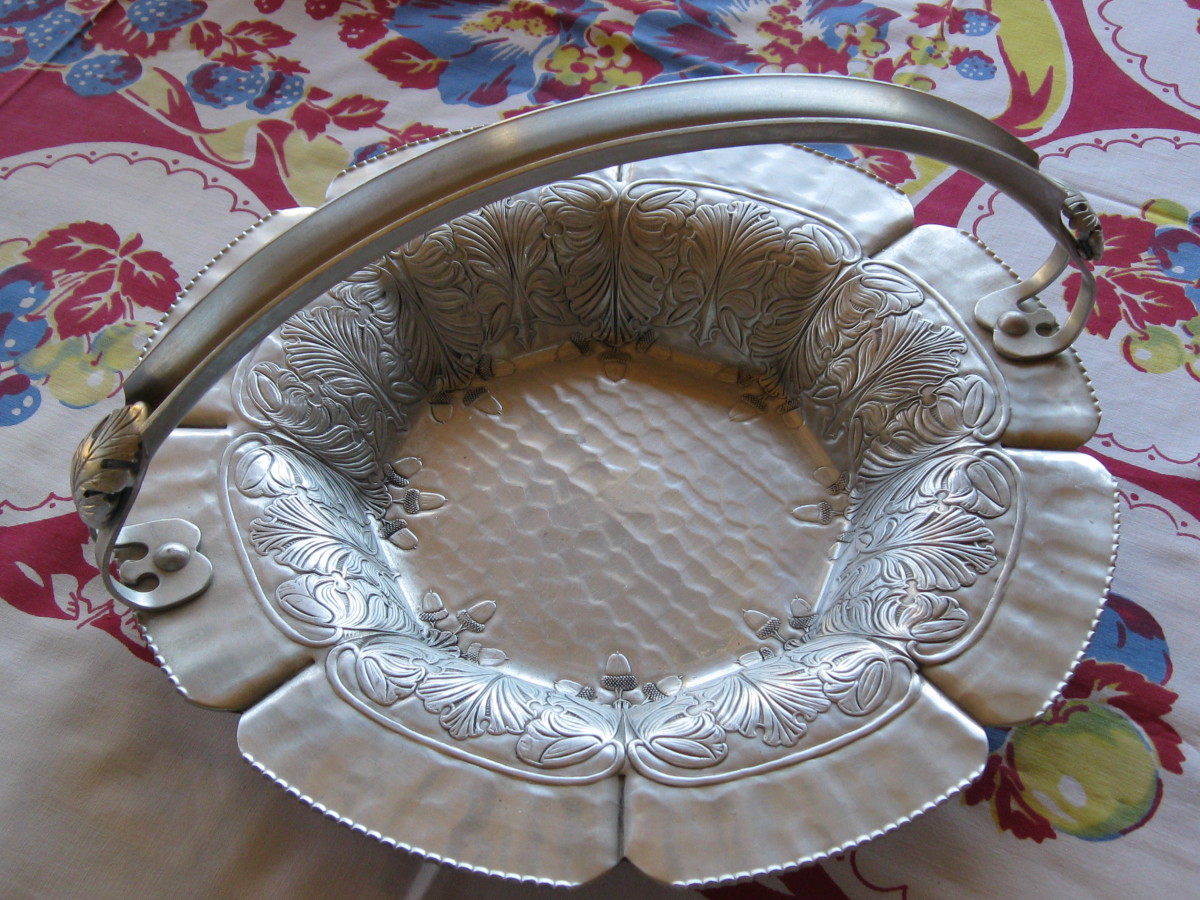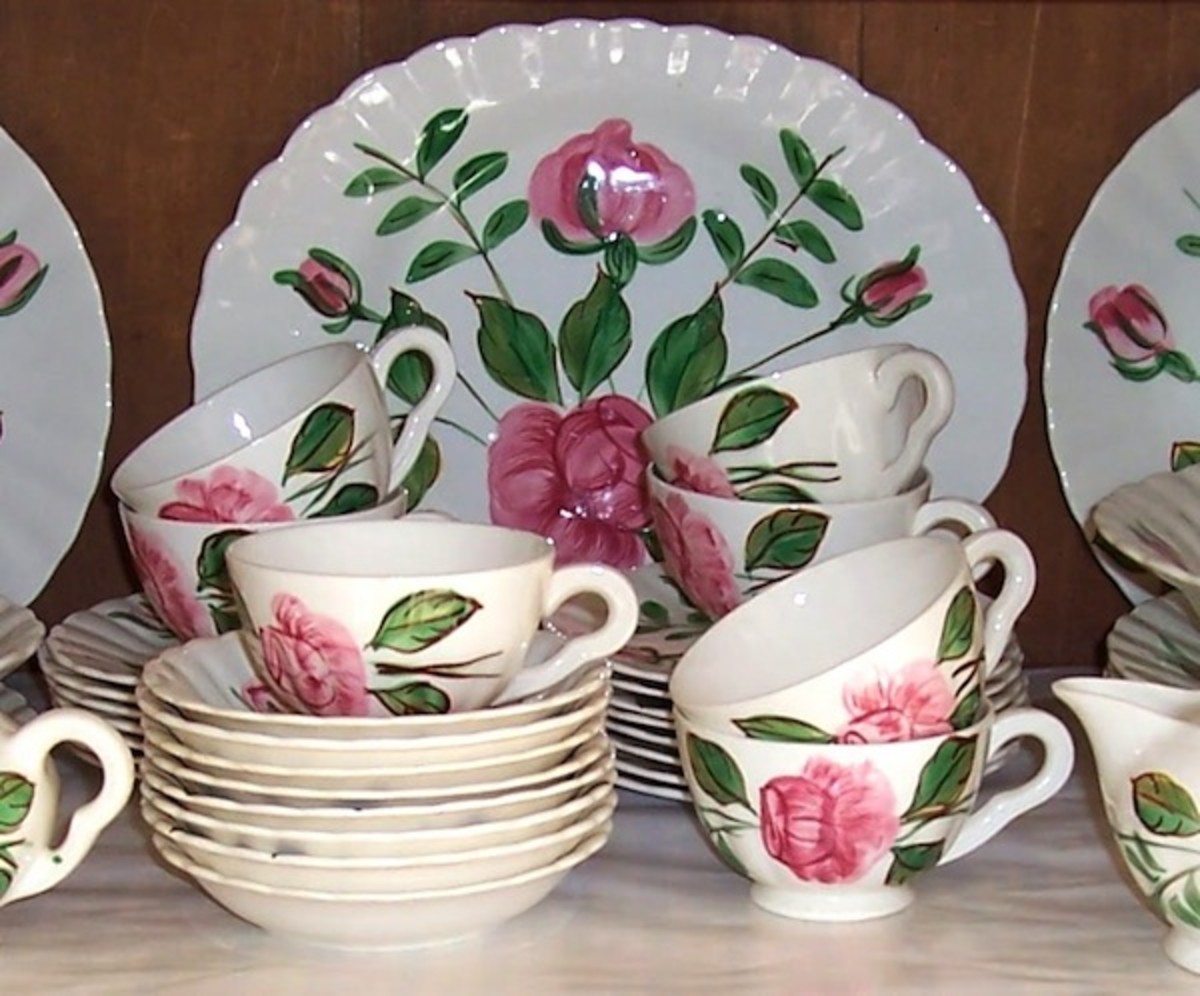Antique Chairs
A chair is a movable seat with a back, and with or without arms, intended to hold one person. Although it is one of the oldest furniture forms, the chair has only come into common use within the last 300 years.. Prior to the 17th century, chairs were so uncommon that they were generally considered symbols of authority and dignity. Most people sat on stools, benches, or on the tops of chests that doubled for storage. Even in the houses of the rich, the few chairs were reserved for the head of the household and distinguished visitors. Today when we speak of the "chairman" or in parliamentary procedure address "the chair," our words reflect the importance that people used to attach to this article of furniture and the person it held.
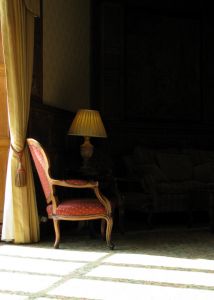
Ancient Chairs
The earliest known chairs were those used by the ancient Egyptians. The legs of Egyptian chairs were often representations of the legs of animals, terminating in paws or hoofed feet. Egyptian chairs were made of costly materials - ebony, ivory, and gilded woods, sometimes carved and painted in brilliant colors - and were covered with rich textiles or animal skins.
The Greeks developed a remarkably beautiful type of chair known as the klysmos, frequently seen in Greek vase paintings. It is an armless chair, the rear leg and back of which, seen in profile, form a continuous line shaped like an S; the front leg is a c-curve. The klysmos, perhaps the most beautiful design ever evolved for a chair, was revived early in the 19th century and again in the 20th century.
A type of chair particularly associated with the Romans is the curule, or X-framed chair. Curules, either made of wood and ivory or cast in metal, were used by Roman magistrates.
Seventeenth Century
In the 17th century there were a number of developments in the design of chairs, some of them influenced by trade with the Orient. After the Portuguese returned from India with chairs having caned panels in their backs and seats, caned chairs became very popular throughout Europe and in the American colonies. They allowed air to circulate and were thought to discourage vermin, that might breed in chairs of solid wood.
The chief advance of the century, however, traced by many scholars to the influence of the East, was the reintroduction of sinuous curved shapes. For centuries most European chairs had been designed as patterns of straight lines, the backs, seats, and arms, making very little accommodation to the soft and flexible contours of the human body. Chinese furniture, however, included chairs with curved backs. Pictorial lacquered screens of the 17th century showing European traders loading Chinese treasure on their ships suggest that some of these Chinese chairs may have been introduced to Europe. Whatver their derivation, chairs with curved backs became fashionable during the 17th century. At the same time, straight turned legs gave way to arched "cabriole" legs.
Only at the end of the 17th century did upholstery come into common use. Earlier, in the 16th century, a few chairs had been entirely covered with fabric - even their legs and arms- and decorated with large metal studs.
Eighteenth Century
Upholstery was increasingly used during the 18th century. "Easy chairs" began to be made; they had padded and upholstered backs, seats, and arms (and sometimes upholstered wings to shield the sitter from drafts). Upholstered chairs generally were covered with a hard-finished wool cloth, or with decorative panels of needlework or tapestry. Since silks and velvets were very expensive and relatively perishable, they were used only in the grander houses.
Still, upholstered chairs were much less comfortable than were side and arm chairs made entirely of wood. Household inventories from the 18th century show that side chairs were made in sets of as many as 12, 18, or 24. From 18th century paintings and written accounts we know that these sets of chairs generally were ranged around the perimeter of the room and only brought forward as needed. These side chairs, although they look like modern dining room chairs, were used all over the house - in the parlor or drawing room and in the bedrooms. Special rooms set aside for the sole purpose of eating did not become usual until late in the century, even in large houses.
Country or Cottage Chairs
The many revolutions in taste between the 17th and 20th century had little effect except on chairs intended for the rich and fashionable. Throughout these centuries there was a strong continuity in the design of "low-style" chairs. They commonly had straight legs and backs, sometimes turned but rarely carved. Their frames were made of native woods and sometimes painted; their seats were made of solid wood, rush, or cane. These "country" or "cottage" chairs are so conservative in design that it is sometimes hard to date them accurately within fifty or a hundred years. Perhaps the most important design innovation in "low-style" chairs during the 18th century was the Windsor chair, which was so simple that it readily lent itself to mass production.
Nineteenth and Twentieth Centuries
During the 19th century the design of chairs began to reflect rapidly expanding technology. The first patent for coiled springs, made of iron or steel wire twisted into spirals, was granted to Samuel Pratt of London in 1828. They were soon used for upholstered chairs, which became deeper, softer, and larger and were called "overstuffed chairs." Other new materials such as thin laminated woods, which could be bent into intricate shapes, papier-mache, and prefabricated metal forms were experimented with by 19th century designers. Probably the most successful was Michael Thonet of Vienna, whose "bentwood" chairs continued to be manufactured in huge numbers in the 20th century.
The English designer William Morris, founder of the arts and crafts movement, designed the "Morris chair." Its movable back made it a forerunner of modern reclining chairs.
During the 20th century, functionalism and the hope of bringing good design to mass-produced furniture brought increased simplicity to chair design. New materials, notably plastic, made possible new forms. Many of the outstanding chair designs of the 20th century were made by architects, including Alvar Aalto, Marcel Breuer, and Eero Saarinen to harmonize with the architecture of the "international style".
This content is accurate and true to the best of the author’s knowledge and is not meant to substitute for formal and individualized advice from a qualified professional.
© 2010 Bits-n-Pieces

